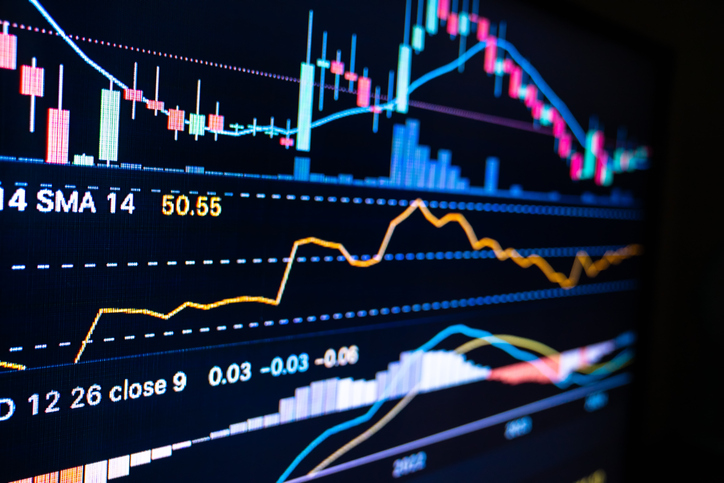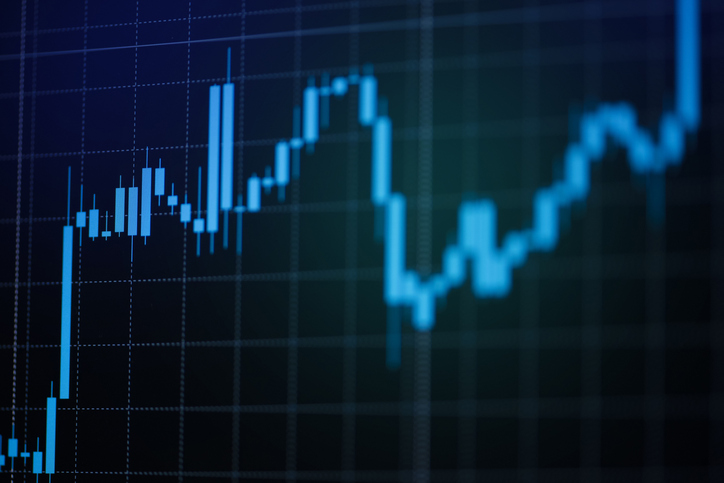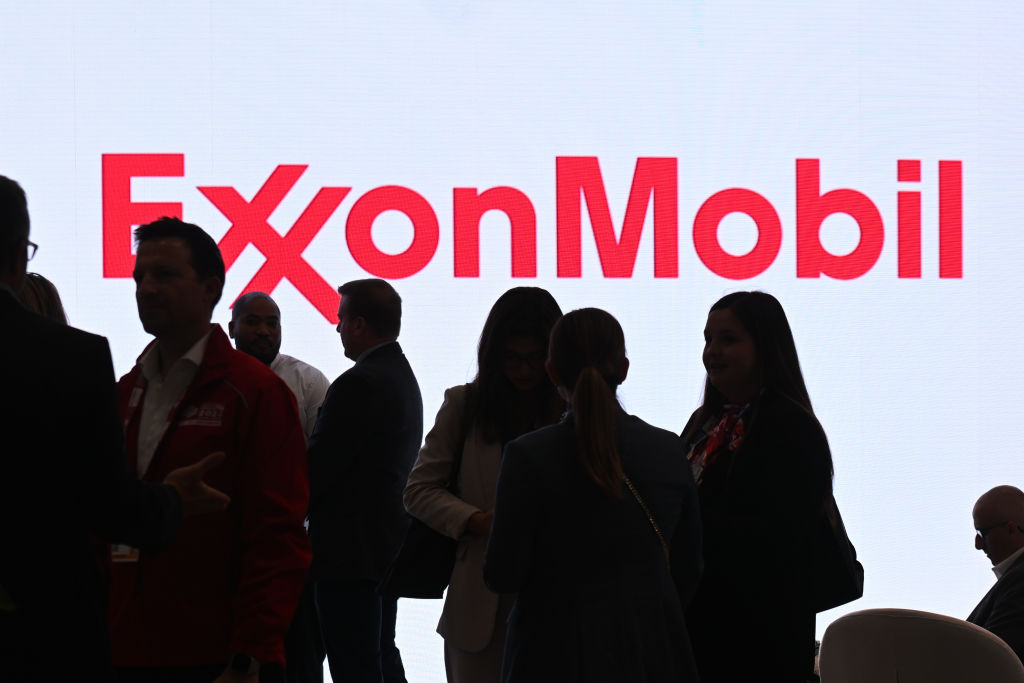Companies With A LOT of Cash
These five household names have the resources to survive a long recession -- which makes their shares appealing.
The market panic that has sliced 42% off the value of Standard & Poor's 500-stock index since October 9, 2007, makes us particularly eager for an extra margin of safety when deciding what stocks to buy now. And there's nothing that gives us quite as much comfort as a company with $10 billion or more of cash stashed away.
Companies with 11-figure war chests usually don't have to worry about surviving a prolonged recession (General Motors and Ford may be exceptions). Instead, they can take the opportunity to increase their competitive advantage by using their cash to make acquisitions, pay down debt, and invest in new products and expand into new markets. They can also support their stock prices by buying back shares or boosting dividends.
To accumulate so much cash, a company often has to have a dominant position in its market. Such stocks usually don't come cheap. But here are five that are trading well below their historic price-earnings ratios.

Sign up for Kiplinger’s Free E-Newsletters
Profit and prosper with the best of expert advice on investing, taxes, retirement, personal finance and more - straight to your e-mail.
Profit and prosper with the best of expert advice - straight to your e-mail.
An abundance of cash leaves ExxonMobil (symbol XOM) less vulnerable than most of its competitors to swings in crude-oil prices. The world's largest nongovernmental oil company has $40 billion worth of cash on its books and generates another $50 billion in cash annually from its operations. That money is carefully channeled to new exploration (about $21 billion last year), dividends ($36 billion over the past five years) and share buybacks (20% of outstanding shares have been retired over the past five years).
Although crude-oil prices have fallen almost by half since July, ExxonMobil shares have held up relatively well. At their October 21 close of $64.57, the shares are off 33% from their May peak, and they trade at just 7.5 times next year's expected earnings of $8.57 per share. The stock yields 2.5%.
An anticipated slowdown in demand for network-infrastructure projects has depressed shares of Cisco Systems (CSCO), which are off 49% from a year ago. At $17.41, they change hands for just 10.5 times expected earnings of $1.65 per share for the fiscal year that ends next July. Yet when demand returns, as it surely will, the networking giant is likely to continue dominating every segment of the market in which it competes.
With $19 billion in cash reserves (after subtracting $7 billion in debt) and another $3 billion in annual free cash flow (cash plus noncash expenses, minus money reinvested in its business), Cisco has the wherewithal to scoop up competitors and move into new and more-profitable segments of its market.
Apple (AAPL) has $24.5 billion in cash and produced free cash flow of $8.5 billion in the fiscal year that ended September 30. Yet the maker of the ubiquitous iPod has never been particularly willing to share the wealth with investors. It pays no dividend and doesn't repurchase significant amounts of stock.
No matter. The cash is just one more reason to consider investing in this innovative company at a time when its shares are relatively inexpensive. At $96.87, they've lost 52% of their value since late December and trade for 17 times expected earnings of $5.73 per share for the fiscal year that ends next September. Subtract the $27 per share in cash holdings, and the adjusted P/E is just 12 for a stock that has years of double-digit earnings growth ahead. After the market closed on October 21, Apple announced that profits for the quarter that ended September 27 were up 20% from a year ago. On October 22, another miserable day for the market, Apple shares leaped 5.9%.
Remember when Google (GOOG) was trading for more than 30 times next year's earnings? Today, its P/E is less than 16, a rather ordinary figure for a company that controls nearly two-thirds of the global Internet-search market. Subtract $46 per share in cash from its share price of $355.67, and its business operations are trading for less than 14 times next year's expected earnings of $22.65 a share.
Granted, breakneck growth has slowed. But analysts are still forecasting better-than-20% profit growth over the next five years.
Google is still pretty much a one-trick pony -- nine-tenths of its revenue comes from its Internet-search operation. But the company can invest its $14-billion cash reserve in research and new ventures that may one day add significantly to its profits.
Pfizer (PFE) shares have gone nowhere for ages, so it's easy to overlook the fact that the drug giant remains highly profitable. It generates more than $10 billion annually of free cash flow and has raised its dividend annually for more than 40 years (and at a rate of 17% annually over the past ten years).
At a price of $16.74, the $1.28 annual dividend translates into a whopping 7.6% yield. Investors are being paid well to wait while the company cuts costs and invests in new growth projects. Pfizer's $26 billion in the bank (partially offset by about $17 billion in debt) can give shareholders confidence that the company's streak of annual dividend increases will remain intact. (For more on Pfizer, see Mr. Market Is Stupid.)
Get Kiplinger Today newsletter — free
Profit and prosper with the best of Kiplinger's advice on investing, taxes, retirement, personal finance and much more. Delivered daily. Enter your email in the box and click Sign Me Up.
-
 12 Investments No Retiree Should Make
12 Investments No Retiree Should MakeIn retirement, when it's wise to take fewer risks with your nest egg, some investments are just nuts.
By David Rodeck
-
 What the Capital One Discover Merger Means for Your Wallet
What the Capital One Discover Merger Means for Your WalletThe Capital One Discover merger reshapes the credit card landscape and could impact your credit card rewards, interest rates and card perks.
By Paige Cerulli
-
 Fed Leaves Rates Unchanged: What the Experts Are Saying
Fed Leaves Rates Unchanged: What the Experts Are SayingFederal Reserve As widely expected, the Federal Open Market Committee took a 'wait-and-see' approach toward borrowing costs.
By Dan Burrows
-
 Stock Market Today: Dow Leads as UnitedHealth Stock Pops
Stock Market Today: Dow Leads as UnitedHealth Stock PopsUnitedHealth was the best Dow Jones stock Monday on reports that Medicare Advantage payments could rise in 2026.
By Karee Venema
-
 Stock Market Today: Stocks End Mixed After FOMC Minutes
Stock Market Today: Stocks End Mixed After FOMC MinutesThe minutes from the December Fed meeting signaled central bankers' uncertainty over potential Trump administration policies.
By Karee Venema
-
 Exxon Mobil's Earnings Warning Shouldn't Worry Investors
Exxon Mobil's Earnings Warning Shouldn't Worry InvestorsExxon Mobil said lower oil prices and refining margins will weigh on earnings, but Wall Street isn't overly concerned. Here's what you need to know.
By Joey Solitro
-
 Fed Sees Fewer Rate Cuts in 2025: What the Experts Are Saying
Fed Sees Fewer Rate Cuts in 2025: What the Experts Are SayingFederal Reserve The Federal Reserve cut interest rates as expected, but the future path of borrowing costs became more opaque.
By Dan Burrows
-
 Why Is Warren Buffett Selling So Much Stock?
Why Is Warren Buffett Selling So Much Stock?Berkshire Hathaway is dumping equities, hoarding cash and making market participants nervous.
By Dan Burrows
-
 Fed Cuts Rates Again: What the Experts Are Saying
Fed Cuts Rates Again: What the Experts Are SayingFederal Reserve The central bank continued to ease, but a new administration in Washington clouds the outlook for future policy moves.
By Dan Burrows
-
 If You'd Put $1,000 Into Google Stock 20 Years Ago, Here's What You'd Have Today
If You'd Put $1,000 Into Google Stock 20 Years Ago, Here's What You'd Have TodayGoogle parent Alphabet has been a market-beating machine for ages.
By Dan Burrows